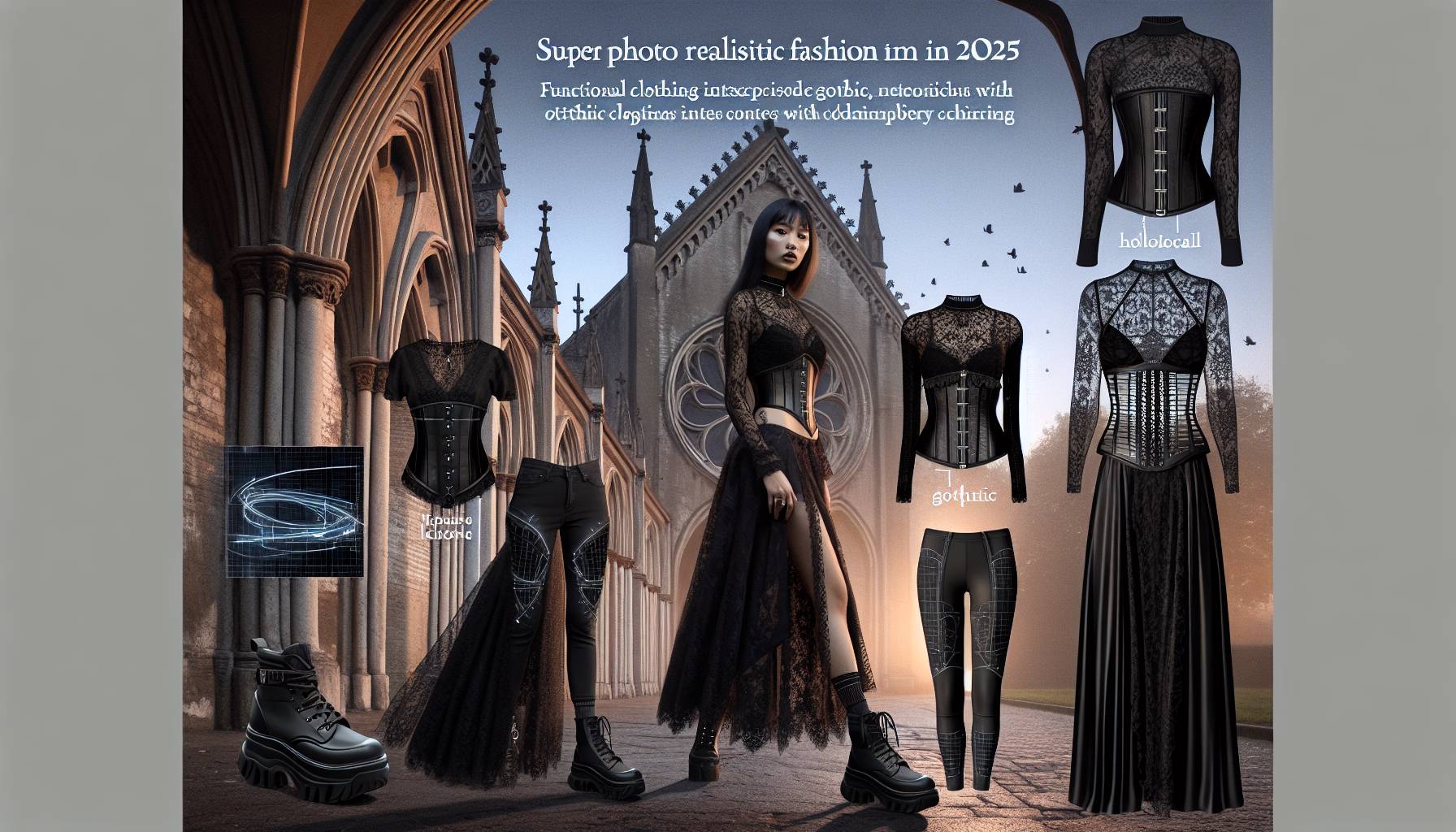Redefining couture with sustainable materials
In the ever-evolving world of fashion, the concept of luxury is being redefined by designers who prioritize sustainability without compromising on style. Patrick McDowell stands at the forefront of this movement, challenging traditional notions of couture by integrating sustainable materials into his creations. His approach not only addresses the environmental impact of fashion but also sets a new standard for what luxury can mean in the modern era.
McDowell’s work is a testament to the potential of sustainable materials in high fashion. By utilizing resources that are both innovative and environmentally friendly, he is able to craft pieces that are as exquisite as they are responsible. This shift towards sustainability is not just a trend but a necessary evolution in an industry often criticized for its ecological footprint.
One of the key materials McDowell incorporates into his designs is cellulose, a natural component derived from plant cell walls. This choice reflects a broader commitment to using materials that are renewable and biodegradable, reducing the reliance on synthetic fabrics that contribute to pollution and waste. By embracing cellulose, McDowell not only highlights its versatility and strength but also its potential to transform the fashion landscape.
Through his innovative use of sustainable materials, McDowell is redefining what it means to create luxury fashion. His designs prove that elegance and environmental consciousness can coexist, offering a blueprint for the future of couture. As more designers follow in his footsteps, the industry moves closer to a more sustainable and ethical future, where luxury is measured not just by aesthetics but by its impact on the planet.
The role of cellulose in modern fashion
Cellulose, the primary structural component of plant cell walls, is emerging as a pivotal material in the realm of modern fashion. Its application in the industry marks a significant shift towards more sustainable practices, offering a viable alternative to traditional textiles. As a natural polymer, cellulose is abundant, renewable, and biodegradable, making it an ideal choice for designers seeking to minimize their environmental impact.
Incorporating cellulose into fashion design not only addresses ecological concerns but also opens up new avenues for creativity and innovation. Its versatility allows for a wide range of textures and finishes, enabling designers to experiment with different styles and techniques. From creating lightweight, breathable fabrics to crafting durable, structured garments, cellulose provides a foundation for diverse fashion expressions.
Moreover, the use of cellulose aligns with the growing consumer demand for transparency and sustainability in fashion. As awareness of the industry’s environmental footprint increases, more consumers are seeking out brands that prioritize ethical production methods. By integrating cellulose into their collections, designers can appeal to this conscientious audience, offering products that are both stylish and sustainable.
The role of cellulose in modern fashion is not just about replacing existing materials but about reimagining the possibilities of design. It challenges the status quo, encouraging the industry to think beyond conventional resources and embrace a future where fashion is in harmony with nature. As designers like Patrick McDowell continue to explore the potential of cellulose, the fashion landscape is poised for a transformation that prioritizes both innovation and responsibility.
Patrick McDowell’s innovative design approach
Patrick McDowell’s approach to fashion design is characterized by a fearless embrace of innovation and a commitment to sustainability. His work challenges the traditional boundaries of couture by integrating unconventional materials like cellulose, which not only serve as a testament to his creativity but also to his dedication to environmental responsibility. McDowell’s designs are a fusion of artistry and eco-consciousness, reflecting a deep understanding of the materials he uses and their potential impact on the planet.
At the heart of McDowell’s innovative design approach is his ability to see beyond the conventional uses of materials. By incorporating cellulose, he transforms a basic structural component of plants into a luxurious fabric that rivals traditional textiles in both form and function. This transformation is not merely aesthetic; it represents a shift in how fashion can be both beautiful and sustainable. McDowell’s designs often feature intricate detailing and bold silhouettes, showcasing the versatility of cellulose and its ability to adapt to various fashion styles.
McDowell’s commitment to innovation extends beyond material choice. He employs cutting-edge techniques and technologies to enhance the properties of cellulose, ensuring that his garments meet the high standards of luxury fashion. This includes experimenting with different methods of processing and treating cellulose to achieve desired textures and finishes, as well as collaborating with scientists and textile experts to push the boundaries of what is possible in sustainable fashion design.
Furthermore, McDowell’s approach is deeply rooted in collaboration and community. He actively seeks partnerships with other designers, artisans, and environmental advocates to create a network of like-minded individuals who share his vision for a more sustainable fashion industry. By fostering these connections, McDowell not only amplifies his impact but also inspires others to explore sustainable practices in their own work.
Through his innovative design approach, Patrick McDowell is not just creating garments; he is crafting a narrative that challenges the fashion industry to rethink its relationship with the environment. His work serves as a powerful reminder that luxury and sustainability are not mutually exclusive, and that true innovation lies in the ability to harmonize the two. As McDowell continues to push the boundaries of fashion design, he paves the way for a future where creativity and responsibility go hand in hand.
Innovative materials in couture fashion
Patrick McDowell is at the forefront of a transformative movement in couture fashion, where innovation meets sustainability. His work is a testament to the power of reimagining traditional materials, as he boldly incorporates cellulose into his designs. This primary structural element of plant cell walls is not only abundant but also biodegradable, making it an ideal choice for eco-conscious fashion.
By utilizing cellulose, McDowell challenges the status quo of luxury fashion, which has long been dominated by materials like silk, leather, and fur. His approach is a breath of fresh air, offering a sustainable alternative that doesn’t compromise on elegance or sophistication. The use of cellulose in couture is a revolutionary step, proving that high fashion can be both luxurious and environmentally responsible.
McDowell’s designs are a celebration of nature’s bounty, showcasing the versatility and beauty of plant-based materials. His innovative use of cellulose not only reduces the environmental impact of fashion but also sets a new standard for what luxury can mean in the modern world. As the fashion industry grapples with its environmental footprint, McDowell’s work serves as a beacon of hope and inspiration for designers and consumers alike.
Redefining luxury with sustainable design
In the realm of luxury fashion, Patrick McDowell is redefining what it means to be truly opulent. By embracing sustainable design, he challenges the traditional notions of luxury that often prioritize excess and exclusivity. McDowell’s approach is rooted in the belief that true luxury lies in the ability to create beauty without compromising the planet’s resources.
His designs are a testament to this philosophy, as they seamlessly blend high fashion with environmental consciousness. By incorporating cellulose, McDowell not only reduces the carbon footprint of his creations but also elevates the aesthetic value of sustainable materials. This innovative approach allows him to craft garments that are not only visually stunning but also carry a deeper significance.
For the discerning Australian fashionista, McDowell’s work offers a refreshing perspective on luxury. It invites consumers to consider the origins and impact of their clothing choices, encouraging a shift towards more mindful consumption. In a world where fast fashion often reigns supreme, McDowell’s commitment to sustainability is a bold statement that luxury can be both ethical and exquisite.
As the fashion industry continues to evolve, McDowell’s designs serve as a powerful reminder that luxury is not just about opulence but also about responsibility. His work inspires a new generation of designers and consumers to embrace sustainability as an integral part of the fashion narrative, proving that elegance and environmental stewardship can indeed go hand in hand.

